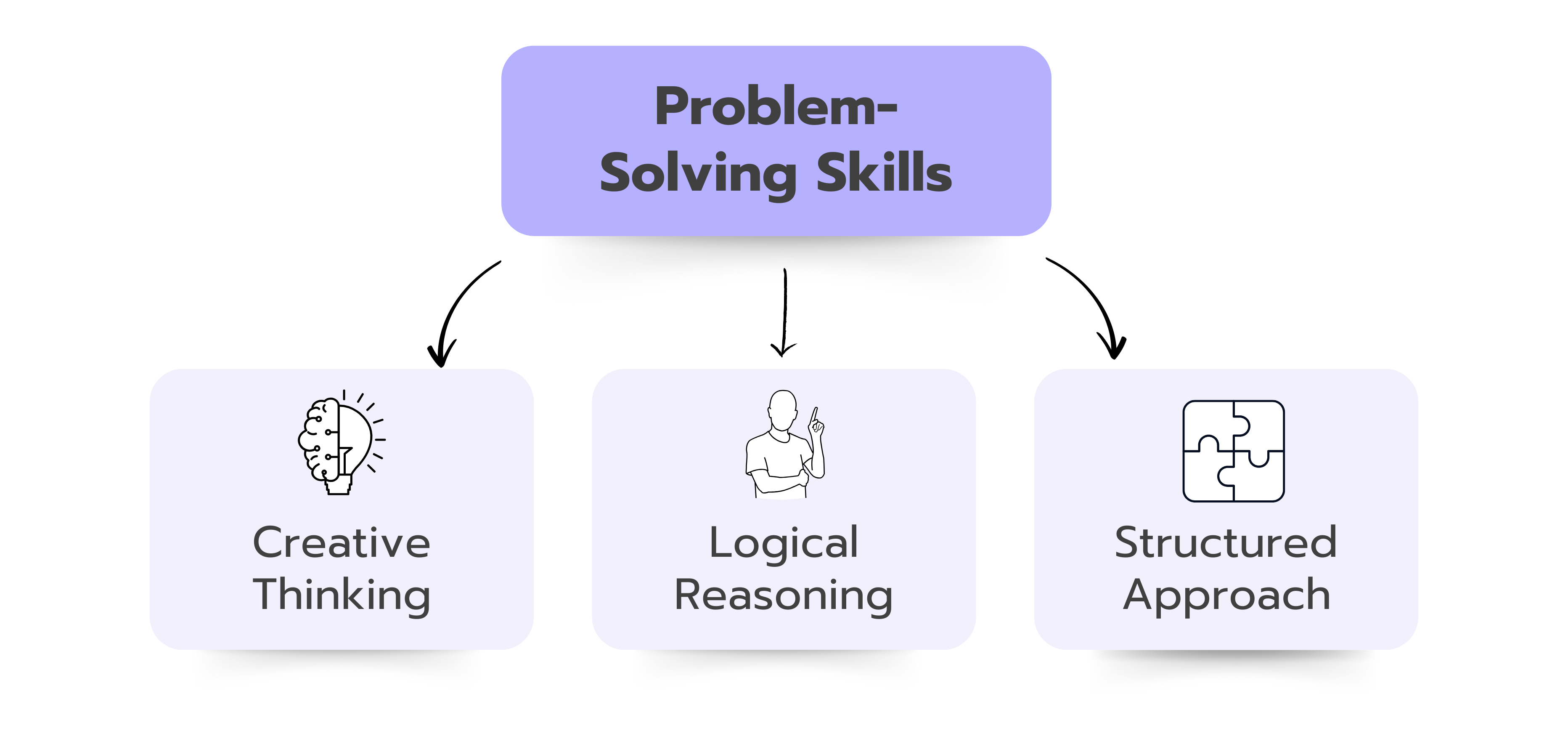Brainteasers are a type of problem that focuses on a single issue rather than complex business cases. They require out-of-the-box thinking, logic or math skills and can take the form of riddles, word problems or visual puzzles. These tasks are designed to test your problem-solving skills, analytical thinking and ability to remain calm under pressure.
Typical problems cover everyday life's topics and might even include unrealistic assumptions. All necessary information is usually included in the question so that further assumptions are not necessary. This article explains in more detail why brainteasers are useful in case interview preparation and how to solve them.

